STEVE JOBS
Name: Steven Paul Jobs
Born: February 24, 1955
Dead: October 5, 2011
Steve Jobs was an American computer entrepreneur and inventor. He was co-founder, chairman, and chief executive officer of Apple Inc. Jobs also previously served as chief executive of Pixar Animation Studios; he became a member of the board of directors of The Walt Disney Company in 2006, following the acquisition of Pixar by Disney. He was credited in “Toy Story” (1995) as an executive producer. On August 24, 2011, Jobs announced his resignation from his role as Apple’s CEOby health troubles. On October 5, 2011, Jobs died in California at age 56, seven years after being diagnosed with pancreatic cancer.
STEVE JOBS, THE PASSENGER OF FUTURE
Steve Jobs was born in San Francisco and was adopted by the family of Paul Jobs and Clara Jobs of Mountain View, California. Paul and Clara later adopted a daughter, Patti. Jobs’ biological parents are Abdulfattah John Jandali, a Syrian Muslim immigrant to the U.S., who later became a political science professor at the University of Nevada and is presently a vice president of Boomtown Hotel Casino in Reno, Nevada, and Joanne Schieble (later Simpson), an American graduate student of Swiss and German ancestry who went on to become a speech language pathologist.
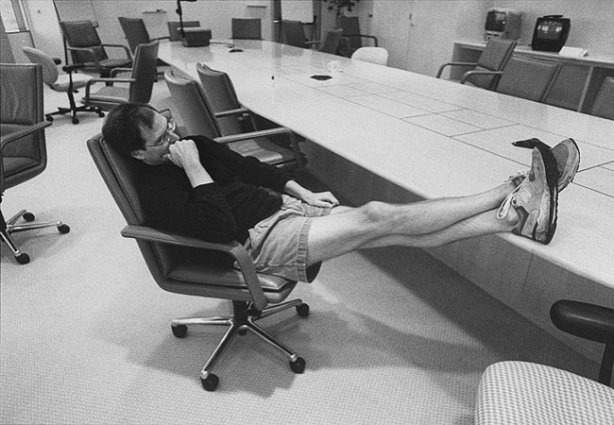
Jobs attended Cupertino Junior High and Homestead High School in Cupertino, California. He frequented after-school lectures at the Hewlett-Packard Company in Palo Alto, California, and was later hired there, working with Steve Wozniak as a summer employee. Following high school graduation in 1972, Jobs enrolled at Reed College in Portland, Oregon. Although he dropped out after only one semester, he continued auditing classes at Reed, while sleeping on the floor in friends’ rooms, returning Coke bottles for food money, and getting weekly free meals at the local Hare Krishna temple.
In the fall of 1974, Jobs returned to California and began attending meetings of the Homebrew Computer Club with Wozniak. He took a job as a technician at Atari, a manufacturer of popular video games, with the primary intent of saving money for a spiritual retreat to India. Jobs then traveled to India in search of spiritual enlightenment. He came back a Buddhist with his head shaved and wearing traditional Indian clothing. During this time, Jobs experimented with psychedelics, calling his LSD experiences “one of the two or three most important things [he had] done in [his] life”. Jobs returned to his previous job at Atari and was given the task of creating a circuit board for the game Breakout. According to Atari founder Nolan Bushnell, Atari had offered $100 for each chip that was eliminated in the machine. Jobs had little interest in or knowledge of circuit board design and made a deal with Wozniak to split the bonus evenly between them if Wozniak could minimize the number of chips.
APPLE
In 1976, Steve Jobs, Steve Wozniak and Ronald Wayne, with later funding from a then-semi-retired Intel product-marketing manager and engineer A.C. “Mike” Markkula Jr., founded Apple. As Apple continued to expand, the company began looking for an experienced executive to help manage its expansion.
In 1978, Apple recruited Mike Scott from National Semiconductor to serve as CEO for what turned out to be several turbulent years. In 1983, Steve Jobs lured John Sculley away from Pepsi-Cola to serve as Apple’s CEO, asking, “Do you want to sell sugar water for the rest of your life, or do you want to come with me and change the world?”
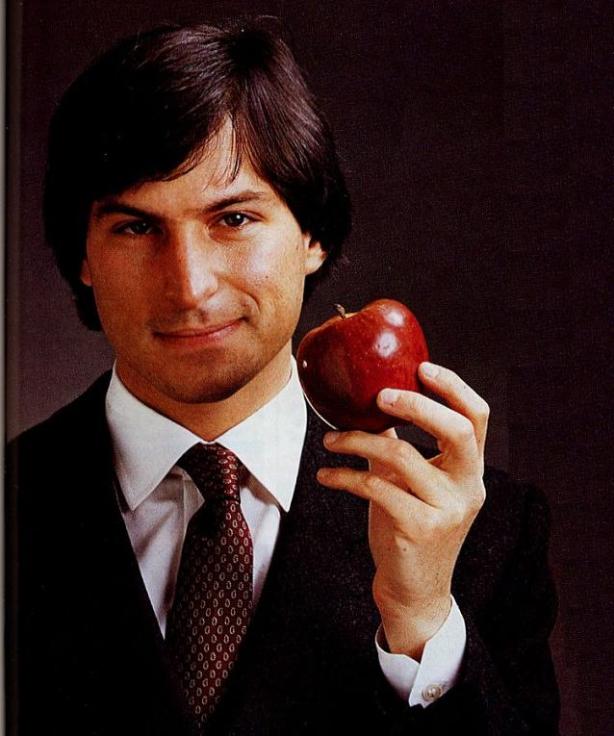
At Apple’s annual shareholders meeting on January 24, 1984, an emotional Jobs introduced the Macintosh to a wildly enthusiastic audience; Andy Hertzfeld described the scene as “pandemonium”. The Macintosh became the first commercially successful small computer with a graphical user interface. The development of the Mac was started by Jef Raskin, and eventually taken over by Jobs.
THE NeXT COMPUTER
After leaving Apple, Jobs founded NeXT Computer in 1985 with $7 million. A year later, Jobs was running out of money, and with no product on the horizon, he appealed for venture capital. Eventually, he attracted the attention of billionaire Ross Perot who invested heavily in the company. NeXT workstations were first released in 1990, priced at $9,999. Like the Apple Lisa, the NeXT workstation was technologically advanced, but was largely dismissed as cost-prohibitive by the educational sector for which it was designed. The NeXT workstation was known for its technical strengths, chief among them its object-oriented software development system. Jobs marketed NeXT products to the financial, scientific, and academic community, highlighting its innovative, experimental new technologies, such as the Mach kernel, the digital signal processor chip, and the built-in Ethernet port. The revised, second-generation NeXTcube was released in 1990 also. Jobs touted it as the first “interpersonal” computer which would replace the personal computer. With its innovative NeXTMail multimedia email system, NeXTcube could share voice, image, graphics, and video in email for the first time. “Interpersonal computing is going to revolutionise human communications and groupwork”, Jobs told reporters.
PIXAR
In 1986, Jobs bought The Graphics Group (later renamed Pixar) from Lucasfilm’s computer graphics division for the price of $10 million, $5 million of which was given to the company as capital. Emeryville, California, was initially intended to be a high-end graphics hardware developer. After years of unprofitability selling the Pixar Image Computer, it contracted with Disney to produce a number of computer-animated feature films, which Disney would co-finance and distribute. The first film produced by the partnership, “Toy Story”, brought fame and critical acclaim to the studio when it was released in 1995. Over the next 15 years, under Pixar’s creative chief John Lasseter, the company would produce the box-office hits A Bug’s Life (1998); Toy Story 2 (1999); Monsters, Inc. (2001); Finding Nemo (2003); The Incredibles (2004); Cars (2006); Ratatouille (2007); WALL-E (2008); Up (2009); and Toy Story 3 (2010). Finding Nemo, The Incredibles, Ratatouille, WALL-E, Up and Toy Story 3 each received the Academy Award for Best Animated Feature, an award introduced in 2001.
On January 24, 2006, Jobs and Iger announced that Disney had agreed to purchase Pixar in an all-stock transaction worth $7.4 billion. Once the deal closed, Jobs became The Walt Disney Company’s largest single shareholder with approximately 7% of the company’s stock.
COMING HOME
In 1996, Apple announced that it would buy NeXT for $429 million. The deal was finalized in late 1996, bringing Jobs back to the company he had co-founded. Jobs became de facto chief after then-CEO Gil Amelio was ousted in July. He was formally named interim chief executive in September 1997. In March 1998, to concentrate Apple’s efforts on returning to profitability, Jobs terminated a number of projects, such as Newton, Cyberdog, and OpenDoc.
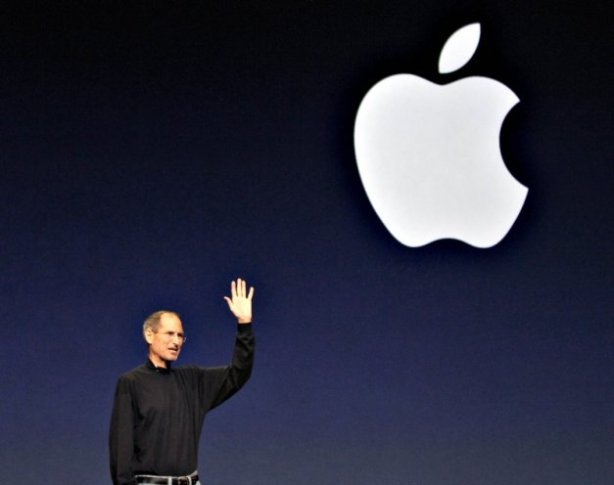
With the purchase of NeXT, much of the company’s technology found its way into Apple products, most notably NeXTSTEP, which evolved into Mac OS X. Under Jobs’s guidance the company increased sales significantly with the introduction of the iMac and other new products; since then, appealing designs and powerful branding have worked well for Apple. At the 2000 Macworld Expo, Jobs officially dropped the “interim” modifier from his title at Apple and became permanent CEO.
The company subsequently branched out, introducing and improving upon other digital appliances. With the introduction of the iPod portable music player, iTunes digital music software, and the iTunes Store, the company made forays into consumer electronics and music distribution. On June 29, 2007, Apple entered the cellular phone business with the introduction of the iPhone, a multi-touch display cell phone, which also included the features of an iPod and, with its own mobile browser, revolutionized the mobile browsing scene.
THE DISEASE
In mid-2004, Jobs announced to his employees that he had been diagnosed with a cancerous tumor in his pancreas. Jobs resisted his doctors’ recommendations for evidence-based medical intervention for nine months, instead consuming a special alternative medicine diet to thwart the disease, before eventually undergoing a pancreaticoduodenectomy (or “Whipple procedure”) in July 2004 that appeared to successfully remove the tumor. Jobs apparently did not require nor receive chemotherapy or radiation therapy. During Jobs’ absence, Timothy D. Cook, head of worldwide sales and operations at Apple, ran the company.
In April 2009, Jobs underwent a liver transplant at Methodist University Hospital Transplant Institute in Memphis, Tennessee. Jobs’ prognosis was “excellent”.
In August 2011, Jobs resigned as CEO of Apple, but remained at the company as chairman of the company’s board. Hours after the announcement, Apple Inc. (AAPL) shares dropped 5% in after-hour trading. The relatively small drop, when considering the importance of Jobs to Apple, was associated with the fact that Jobs’ health had been in the news for several years, and he was on medical leave since January 2011. On October 5, 2011, Jobs’ family made a statement that he “died peacefully today”.
Also on October 5, 2011, Apple’s corporate website greeted visitors with a simple page showing Jobs’s name and lifespan next to his greyscale portrait. Clicking on Jobs’s image led to an obituary that read “Apple has lost a visionary and creative genius, and the world has lost an amazing human being. Those of us who have been fortunate enough to know and work with Steve have lost a dear friend and an inspiring mentor. Steve leaves behind a company that only he could have built, and his spirit will forever be the foundation of Apple.” An email address was also posted for the public to share their memories, condolences, and thoughts.
PERSONAL LIFE
Jobs married Laurene Powell, on March 18, 1991. Presiding over the wedding was the Zen Buddhist monk Kobun Chino Otogawa. The couple have a son and two daughters. Jobs also has a daughter, Lisa Brennan-Jobs (born 1978), from his relationship with Bay Area painter Chrisann Brennan. She briefly raised their daughter on welfare when Jobs denied paternity by claiming he was sterile; he later acknowledged Lisa as his daughter
Arik Hesseldahl of BusinessWeek magazine opined that “Jobs isn’t widely known for his association with philanthropic causes”, compared to Bill Gates’ efforts. After resuming control of Apple in 1997, Jobs eliminated all corporate philanthropy programs.
LEGACY
Jobs is listed as either primary inventor or co-inventor in 338 US patents or patent applications related to a range of technologies from actual computer and portable devices to user interfaces (including touch-based), speakers, keyboards, power adapters, staircases, clasps, sleeves, lanyards and packages.
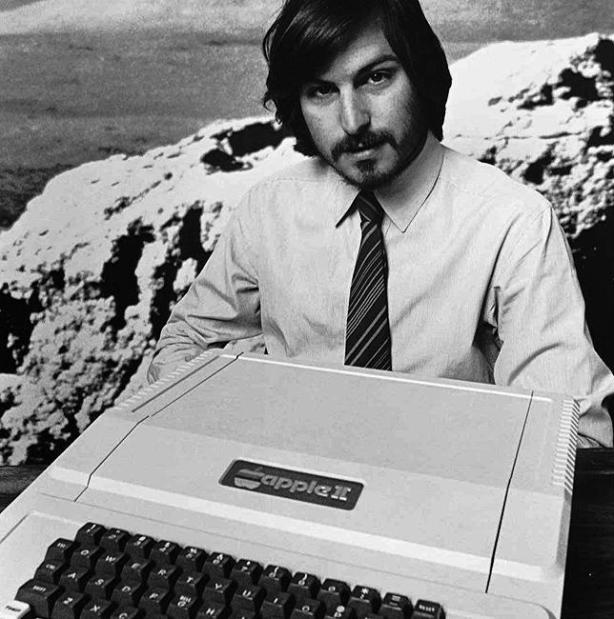
1977: Wozniak and Jobs release the Apple II
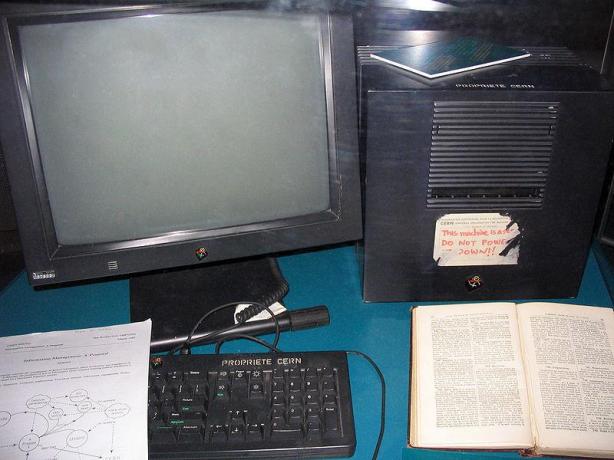
1985: The NeXT, the first server in the World Wide Web

1986: Jobs bought The Graphics Group, renamed Pixar by him
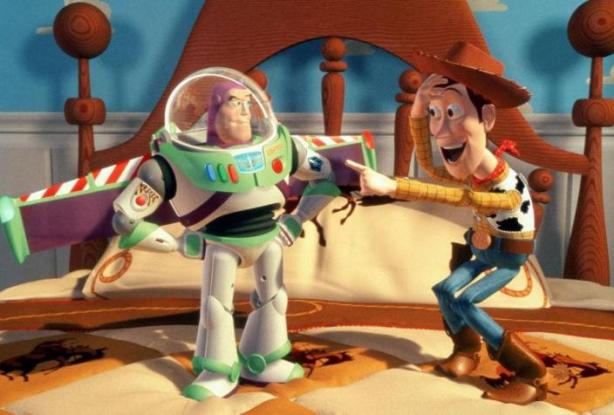
1996: Pixar’s Toy Story, the first animation movie created by computer graphics
1998: Apple releases the powerful and colored iMacs
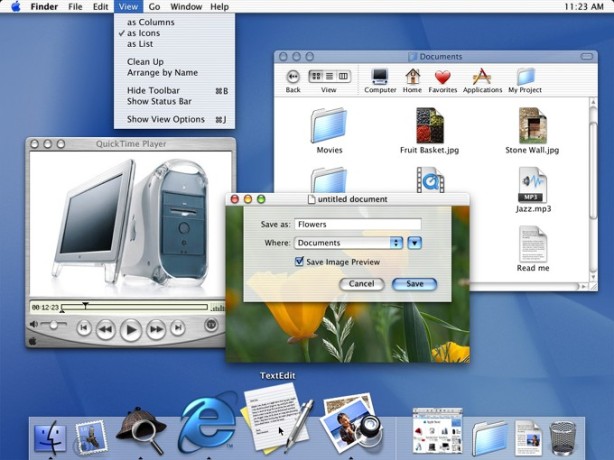
2000: Jobs releases the Mac OS X, “the most advanced o.s. of the world”

2001: iPod, changing the way to listening music

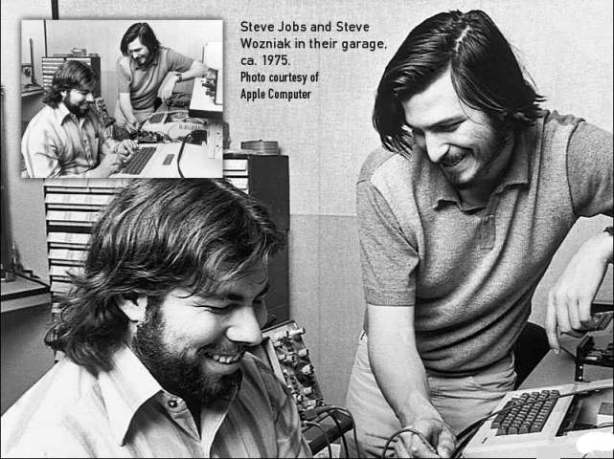

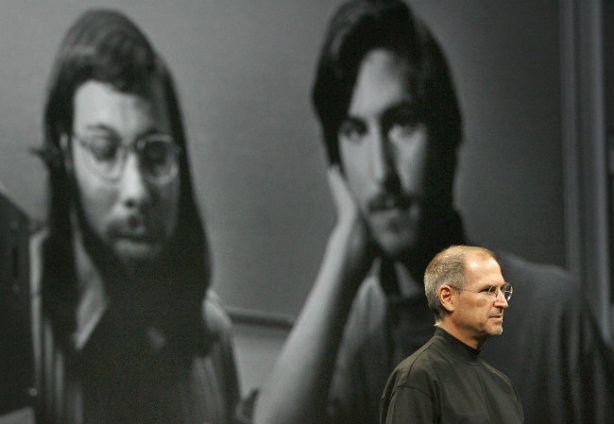
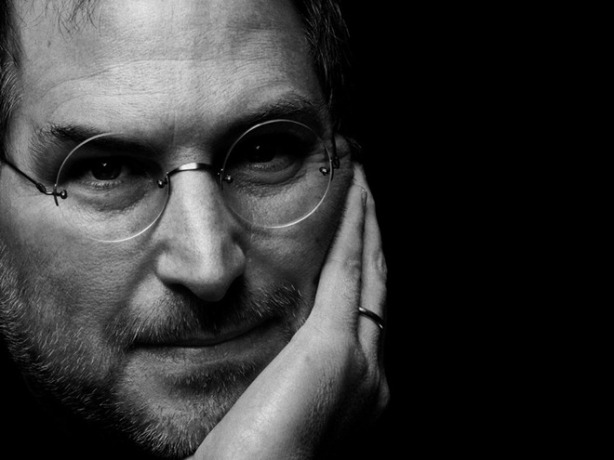
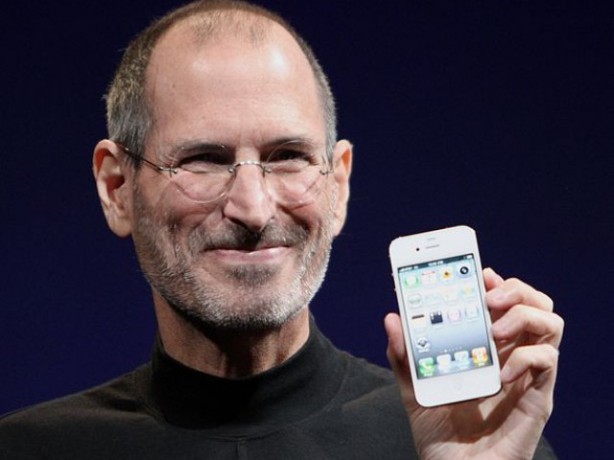
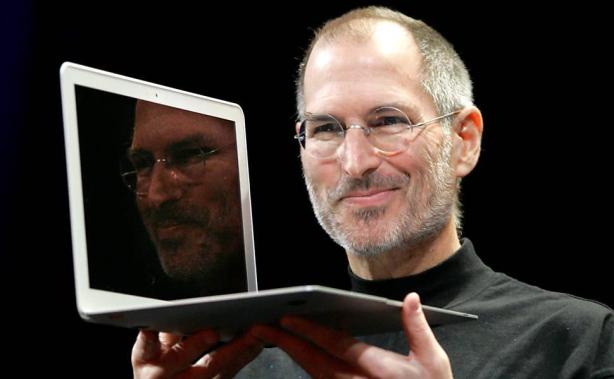
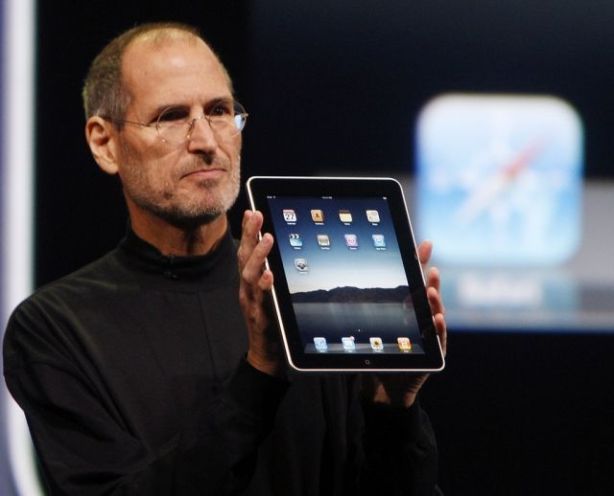
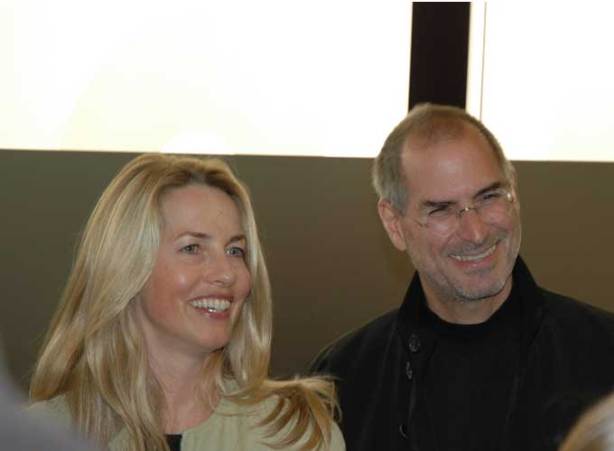
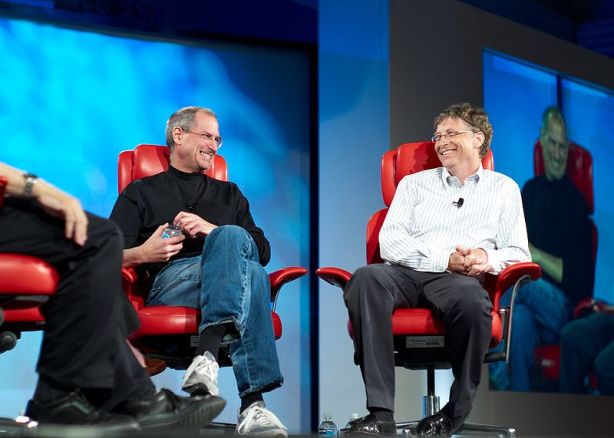
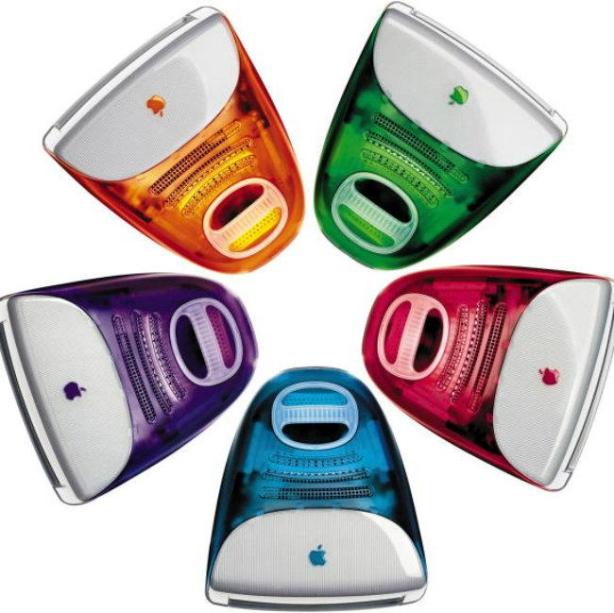
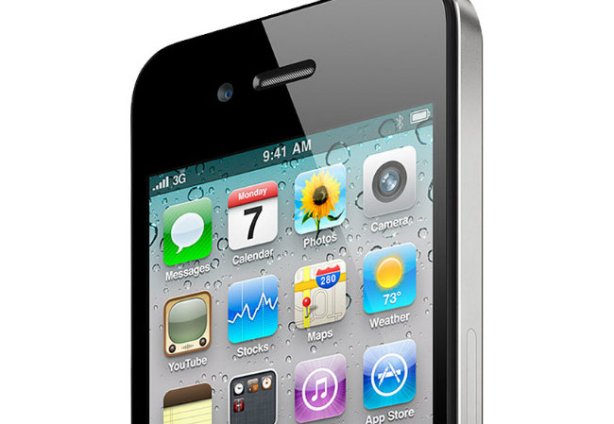
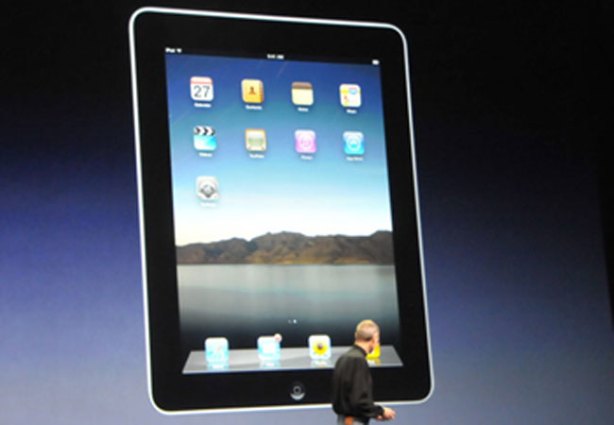
Over the last year, I’ve done some research into Steve Jobs’ life & work. Truly a-once-in-a-generation visionary. He was a genius in that envision the future path of certain things, and was willing to devote his entire life to the things he chose to work with and most of them turned out to be hugely successful.
He was a control freak to the degree that he demanded that his Apples be bolted shut and not be tinkered with by users. He didn’t even want slots for floppy drives. Total control freak.
He was also a self-centered narcissist who could have things the way he wanted, and seemed to care very little for most people, and treated many of those who worked for him very, very badly indeed. He had a cruel element to his personality and had no problem being cruel to people. Like excluding many of the Pixar folks from the employee shares offer, before they went public – when he made $450,000,000 with his. It wouldn’t hurt him one bit to ensure that all 135 employees got something but he refused.
He regularly practiced public humiliation attacks on people and yell at them loudly and in front of their peers. He once told his folks at NeXT that they were going to have to work nights and weekends…when they already were!
He’d fire people on the spot – no 2 weeks pay no severance, nothing. Leave the building right now.
After reading several accounts of his treatment of the poor little people who had no recourse as they weren’t powerful & he knew it.
Actually, I’m very surprised that someone didn’t break his jaw, or cave in one of his orbitals. He really deserved it.
Steve Jobs was a prick. A wealthy creative genius who became one of the meanest, cruelest bastards in business who didn’t care one whit for the people that built his empires.